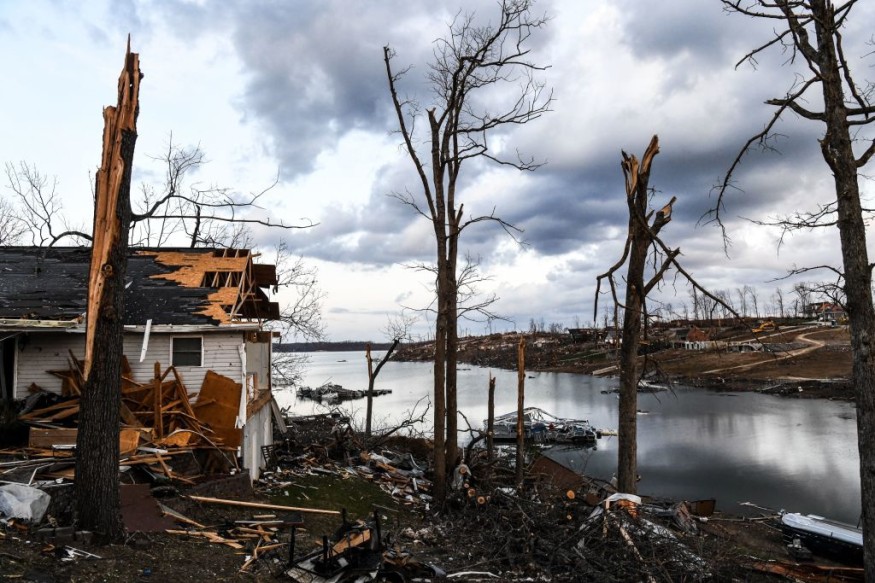An Enhanced Fujita 3 tornado, also called an F3 tornado, killed at least seven people in the towns of Patterson and Winterset in Iowa-near Des Moires on Saturday, March 6.
The tornado was caused by the passage of a new storm system in the Central US during the weekend.
Tornado Damage and Flight Disruption

Apart from the casualties, the F3 tornado also resulted in at least 25 to 30 houses being destroyed near Des Moines, according to Diogenes Ayala, the director of the Madison County Emergency Management Agency, as cited by AccuWeather.
Also labeled as a multi-vortex tornado, the F3 tornado uprooted several trees in the area and damaged some buildings.
Furthermore, the tornado also caused all domestic and international flights at the Des Moines International Airport since it is along the path of the tornado.
In addition, the tornado resulted in the evacuation of both passengers and airport staff to take shelter under the infrastructure.
However, normal flights operations are possible to gradually resume in the coming hours and days.
Related infrastructural damage, including power outages, was also reported when the F3 tornado passed through the town of Norwalk, Iowa.
Prior to the incident, tornado watches were issued to Iowa, Missouri, and Nebraska on Saturday afternoon.
Later on, a tornado warning was given to the state.
Enhanced Fujita Scale
The measurement of the tornado damage intensity is derived from the Enhanced Fujita Scale or EF Scale.
It is the basis for both US weather authorities and the local government to determine whether to conduct measures, including evacuations, in case a tornado occurs in certain areas across the US.
The National Oceanic and Atmospheric Administration (NOAA) - National Weather Service (NWS) said the F3 tornado is described as a strong tornado and can cause severe damage, including the destroying of houses, uprooting of trees, and lifting of vehicles due to its strong winds.
The NOAA - NWS classifies the F3 tornado as part of the five-level scale under the EF scale-wherein an F1 tornado is the weakest and an F5 tornado is the strongest.
Unlike hurricanes, not all tornadoes can be forecasted ahead of time since they can occur with little or without warning.
Tornado Season
Tornadoes in the US can either form abruptly or gradually but do occur at any given time of the year, but most especially during the tornado season.
According to the NOAA - National Severe Storm Laboratory (NSSL), the tornado season in Iowa and across the upper Midwest is between June and July.
Meanwhile, the peak of the tornado season in the southern Great Plains, including Kansas, Oklahoma, and Texas, spans between Mary and early June.
Furthermore, the US weather agency added tornadoes can transpire during the morning and evening, specifically between 04:00 PM and 09:00 PM.
According to the Insurance Information Institute derived preliminary data from the NOAA, indicating there were more than 1,000 recorded tornadoes across the US in 2021, killing over 100 people and causing damage worth billions of US dollars.
© 2025 NatureWorldNews.com All rights reserved. Do not reproduce without permission.





